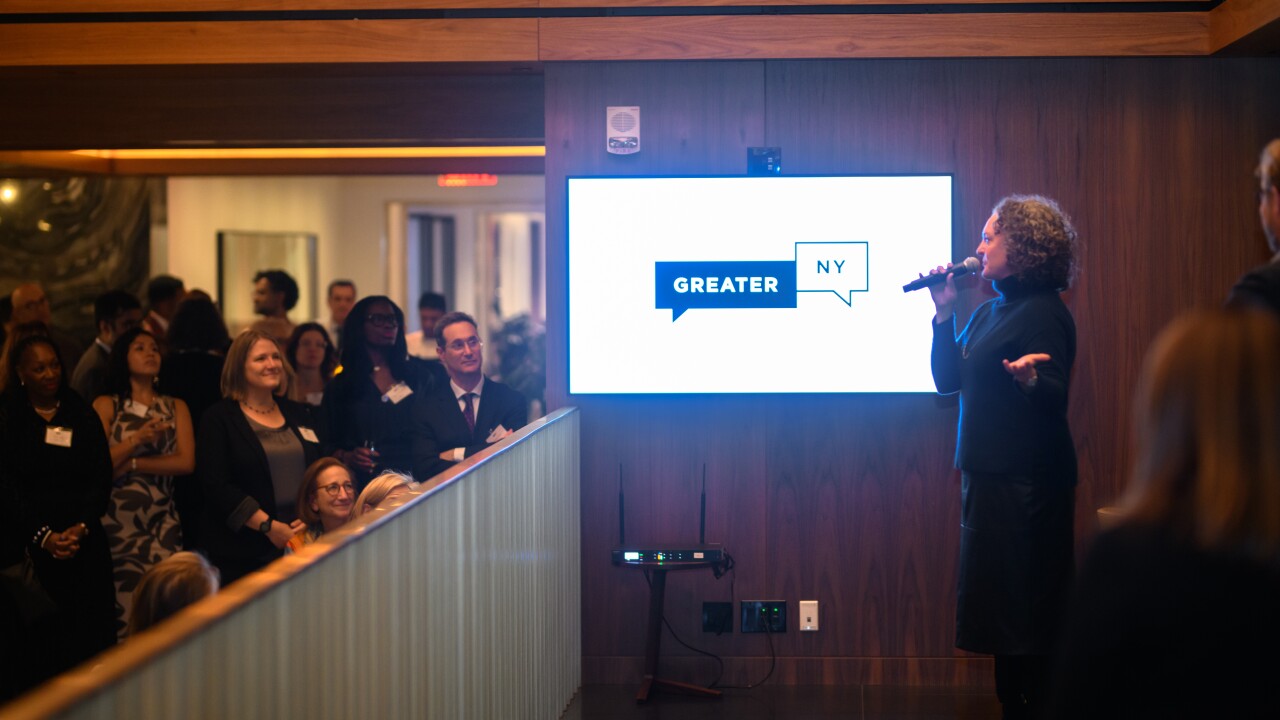When Lubbock, TX-based City Bank was deciding how to boost its deposit levels, COO Cory Newsom says it turned to a new type of sweep account offered by Reserve Funds, which specializes in retail money-market mutual funds.
Sweep accounts allow corporate clients to automatically transfer excess cash to a higher-return account instead of keeping it in a zero-interest-bearing checking account. This "on-balance sheet" sweep helps banks by increasing their deposits, according to Steve Genereau, vp and sales manager of Reserve Funds, which claims to be the only firm offering this product. Since the product's launch in January 2003, it has generated $6 billion in new deposits for its 60 bank customers, he says.
As more consumers have shifted their assets into other investments in 2005, deposit growth at banks has slowed, prompting more interest from banks in this product, says Genereau, who points out the firm has increased the number of bank clients by 25 percent in the last year. Genereau and outside consultants predict this product will become even more popular in the next year.
While sweep accounts are not a new idea, the element of retaining the "swept" cash on a bank's balance sheet as deposits is an enormous selling point, says Jackie Blue, director of bank strategies at Janney Montgomery Scott, a Philadelphia-based investment advisory firm. For banks facing the challenge of slowing deposits and growing loan demand, "cash sweeps are the answer," she says.
Previous types of sweep accounts fell into one of two categories: a re-purchase account, or repo account, or an "off-balance-sheet sweep," in which the excess funds were swept into a mutual fund.
Although banks still use both kinds, each has disadvantages. In a repo account, the cash is accounted for as borrowed funds instead of deposits and, therefore, not available to fund loans, Blue says. And in off-balance sheet sweeps, the excess money in a mutual fund account benefits only the customer, not the institution. "What good does that do a bank?" says Blue. "That's not a good deal."
She says the product is a perfect fit for small and medium-size banks. Corporate clients in general are seeking a higher yield on excess cash, but there are limits on most of the accounts open to them-such as maximums on the number of transactions allowed.
City Bank in Texas began using this product two years ago and it has been a real boon, says Newsom. He counts customer retention as another major benefit. "It increases our deposits and helps us keep customers that would have left for sure," Newsom says. Since the $900 million bank started offering the product, it has increased commercial checking account deposits by 30 percent, or about $20 million, Newsom says. However, he credits the product for more than simply 30 percent, since many customers have stayed with the bank because of the offering.
To be sure, this is just one way that banks are meeting the growing disparity between deposits and loans, says Alenka Grealish, manager of the banking group at research firm Celent. "Anything a bank can do to increase deposits, they're interested in," she says.





